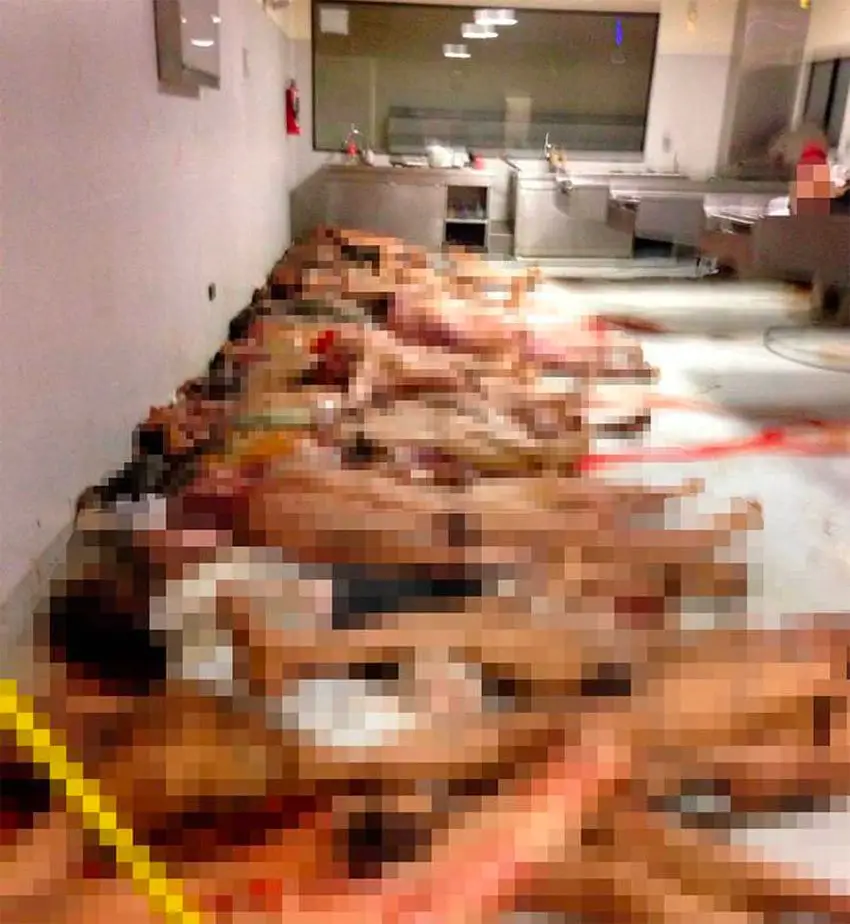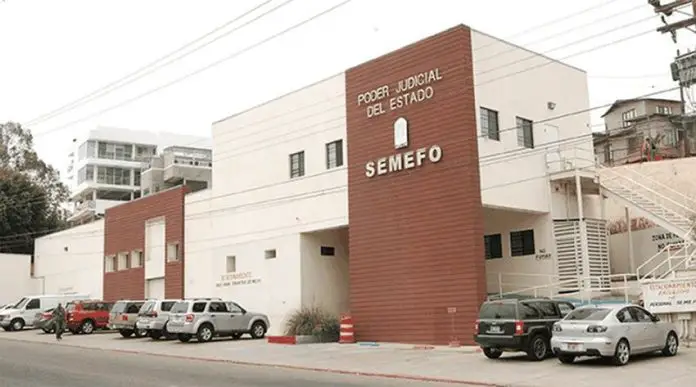Despite a decline in homicides in Tijuana following the implementation of a new security strategy in early February, the total number of murders in the northern border city in the first four months of 2019 increased 24% compared to the same period last year – and the morgue is once again overwhelmed.
There were 633 homicides in the Baja California border city between January and April, according to the National Public Security System, compared to 481 in the first four months of 2018.
Tijuana’s morgue – equipped to store 100 bodies – is currently holding 230.
“We have too many bodies here,” morgue director César González Vaca told the newspaper Milenio.
“We’ve had very high increases year over year and we’re overwhelmed . . . Just in 2018, we had 4,300 admissions [of bodies], which by far exceeded the quantities of other years. There has been a growth in admissions of between 500 and 700 bodies every year,” he explained.

In January, the reality faced by the morgue was shown starkly in a photograph that circulated on social media.
The disturbing image, which was compared to photos taken in Nazi extermination camps, showed a pile of naked and bloody dead bodies with their legs contorted and tangled together.
González acknowledged that the image was “chilling” but added that it was also “real.”
In addition to a shortage of space, the Tijuana morgue lacks basic materials and equipment.
“We need X-ray machines but also the most basic things: gloves, scalpels . . . chisels to open up skulls . . . stretchers, cold room equipment and especially personnel and software that helps us to [provide] attention to families that come to look for their disappeared relatives,” González said.
Long lines of people searching for their missing loved ones arrive at the morgue every day.
However, photographs and details of the bodies at the morgue aren’t stored on a computer but rather in so-called “books of death.”
The rudimentary corpse register is far from foolproof.
Photocopied photographs of Jonathan Zavala, a 25-year-old man who was murdered and dismembered by a criminal gang in June last year, were included in the “books of death” for more than seven months.
The man’s father perused the books no less than seven times but failed to identify his son.
“My son was in the photographs the whole time but they’re not clear . . . they didn’t look anything like him,” Marcos Zavala said.
He eventually found out in February that Jonathan’s remains had been buried in a common mass grave shortly after arriving at the morgue, a fate that befalls most unidentified bodies.
González explained that the haste with which unidentified bodies are buried is due in large part to the severe overcrowding at the morgue.
After finding out that his son was buried in one of more than 60 common graves in Tijuana, Marcos Zavala was determined to have his remains exhumed.
“I started asking around in funeral parlors to find out how much they’d charge me to remove him and they wanted around 50,000 pesos [US $2,600], 5,000 for each body that was above my son and another 5,000 to get him out,” he said.
Zavala said that state authorities offered to pay the exhumation expenses but ultimately failed to fulfill their promise. Once funeral costs were added, he was left 60,000 pesos out of pocket.
Still, Zavala is happy that he was finally able to locate his son and give him a proper funeral. He advised other people searching for their loved ones to “open your eyes very wide” – especially when looking through the “books of death.”
Source: Milenio (sp)
